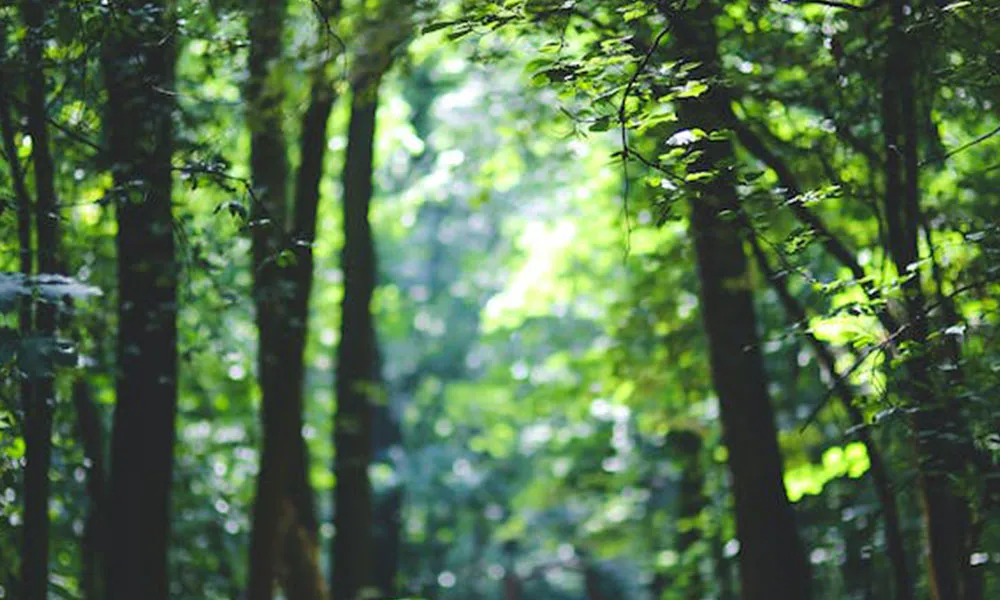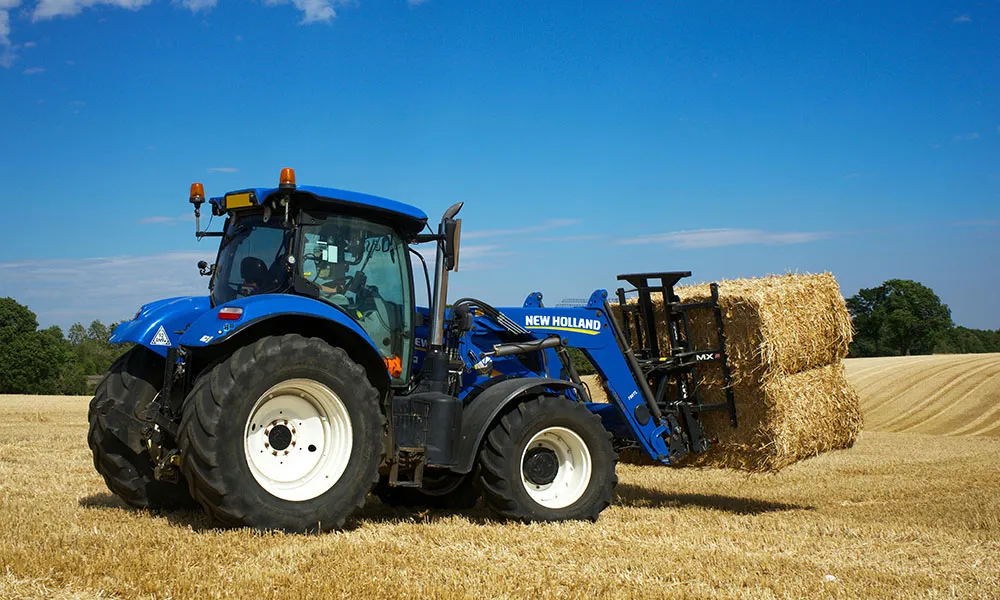
NTA: an opportunity to plant without an afforestation licence?
While most afforestation projects require an afforestation licence, the Native Tree Area Scheme offers farmers an opportunity to plant a portion of their land without first applying for, and receiving, this permit. Under the new Forestry Programme (2023-2027), the Native Tree Area Scheme supports the creation of small native forests on farmland. Farmers may apply to plant and receive grant payments for the scheme under two separate scenarios (NTA 1 and NTA 2).
NTA 1 – Creation of Small Native Forests
The first scenario, NTA 1, allows farmers to establish a new forest of native trees on an area of ground between 0.1 and 1.0 hectares. The ground planted may consist of several smaller blocks, provided that these are not smaller than 0.1 hectares. Parcels of land must be at least 20 metres in width (measured tree-to-tree). In some situations, 10% of the proposed area for planting can be less than 20 metres wide (to a minimum of 10 metres).
NTA 2 – Creation of Small Native Forests for Water Protection
Farmers may establish a forest under scenario 2 (NTA 2) if they have a suitable water source on their land. This scenario supports the establishment of native forest along water courses (such as streams, rivers and lakes), where forest creation can help to improve water quality.
As with NTA 1, the area planted under NTA 2 must be between 0.1 and 1.0 hectares. The maximum width of the area planted should be 20 metres (or 25 metres when open spaces are included).
Forestry Act 2014
Direct entry to the scheme will apply, as with the existing Agri-Environmental Schemes. However, while an afforestation licence is not required to plant under the NTA, farmers should be aware that forests established by the scheme are protected under the 2014 Forestry Act. Therefore, the felling of trees will be controlled. Trees planted under the scheme cannot legally be cut down without issuance of a felling licence.
NTA Scenarios
Two NTA Scenarios apply to the planting of areas under the scheme. These scenarios, laid out in the table below, have been established as a guide to help farmers identify the most appropriate forest type for their land, based on topographical location, soil, main habitats and vegetation. All tree species planted under the scheme must be native to the island of Ireland, representative of the trees native to the area in question and considered appropriate by the Department of Agriculture, Food and the Marine.
|
Scenario |
Planting mixture |
|---|---|
|
Scenario 1 Dry Mineral Soil |
(Changes +/– 25% for each species will be accepted. A maximum of 25% Scots pine may be planted) |
|
Scenario 2 Wet Mineral Soil (i.e. gleys) |
(Changes +/– 25% for each species will be accepted). |
Payment Rates
Premia for both NTA 1 and NTA 2 are paid over a 10 year period. The annual premium payment for NTA 1 is €2,206 while the payment for NTA 2 is €2,284. An establishment grant of €5,058 is available for both scenarios while a second grant of €1,686 is also available once the forest has been established.
An additional fencing grant is also available. For more information, farmers should visit the relevant page on the Government website.











